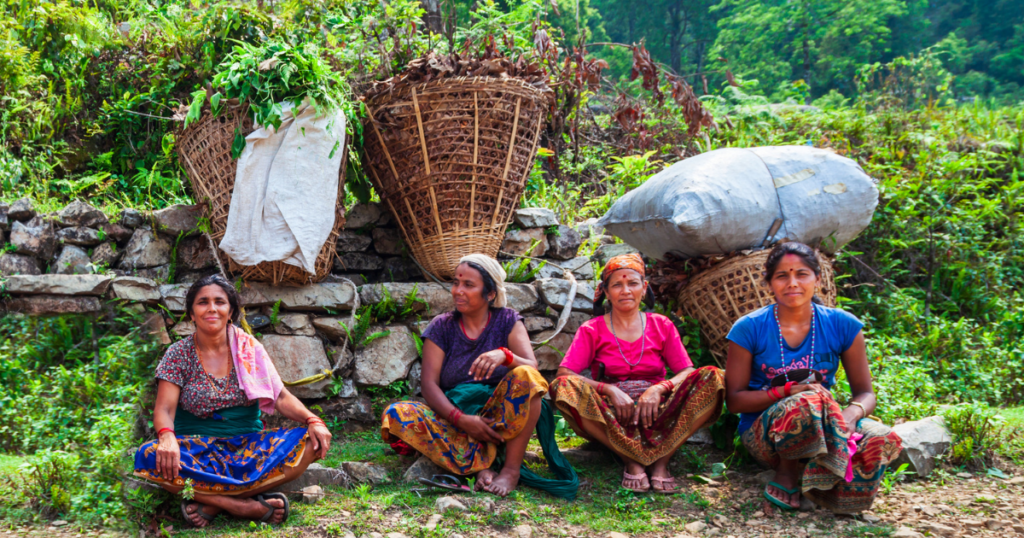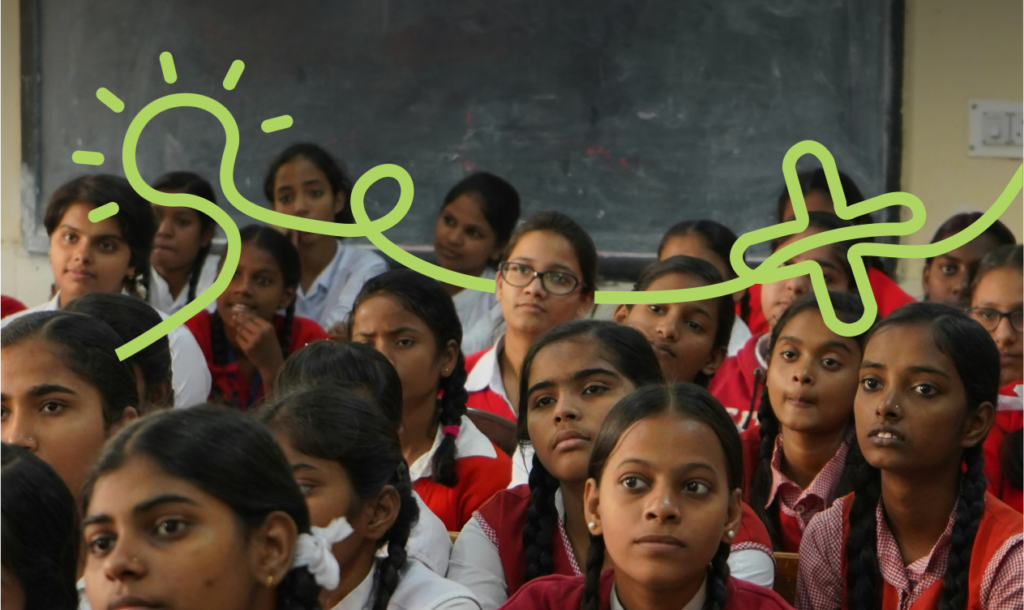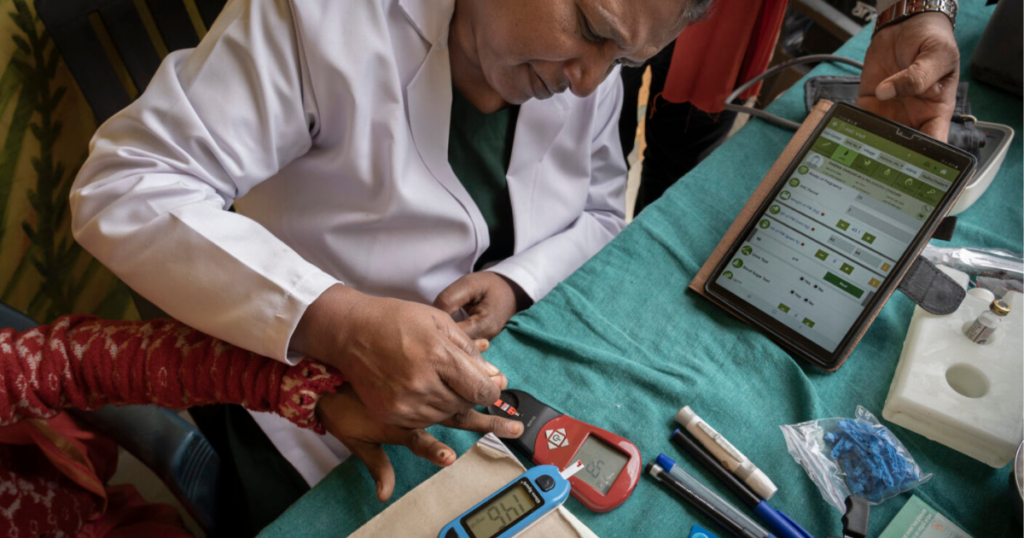The labour market statistics that measure women’s labour are a critical foundation for effective policy design and ecosystem interventions to advance women’s economic empowerment. As per current measurements, India’s female labour force participation rate stands at approximately 30%. However, the methodologies that lead to this figure are underpinned by a range of assumptions and principles that lead to gendered consequences. This perspective unpacks how labour and economic activity is measured for the purposes of national accounts, and offers a gendered critique of the existing statistical methodologies. The measurement of labour and economic activity is guided by the United Nations System of National Accounts (UN-SNA), which pivots around the production of goods and services. Activities such as cleaning, cooking, childcare and elder care are outside the UN-SNA production boundary, which has the effect of obscuring the contributions of women to the economy, and the range of social factors that directly impact the manner in which women work.
Economic growth, education, fertility rates, and social and cultural context influence women’s participation in the labour force. Where women participate in paid employment, they navigate paid work alongside their indispensable role in the household. They also undertake several expenditure-saving activities in the household and contribute to family enterprises and subsistence activities, which are not considered in national accounts. Existing methodologies of measuring women’s work have three key shortcomings – the exclusion of women’s economic contributions; an overreliance on market definitions of productivity that obscures the social value generated through women’s work; and neglect of the social norms that dictate the manner in which women work and navigate household patriarchy along with labour. Consequently, the skewed representation of women’s work and a lack of holistic understanding of factors that determine it have far-reaching implications, limiting the effectiveness of policy design, and limiting the effectiveness of ecosystem action and interventions targeted at women workers.
It is imperative to build an alternative narrative for women’s work that recognises the indispensable role women play in building economic, social and human value. The key pillars of such an approach should recognise the full spectrum of socioeconomic value that women’s work creates, and appreciate the interconnection of factors that govern the working ways of women.
This perspective forms the first part of SKI’s work on understanding and representing the
reality of women’s work and labour in India. Following pieces seek to chalk out a new framework for understanding and measuring women’s labour and its value.
Contributors: Sadhana Sanjay and Tripti Naswa.
We are grateful to Dr. Vanita Viswanath (Director, Impactree Data Technologies), Dr. Sona Mitra (Principal Economist, IWWAGE), Mitali Nikore (Founder, Nikore Associates) and Dr. Sugandha Nagpal (Associate Professor, O.P. Jindal Global University) for their valuable inputs that helped shape this perspective.




